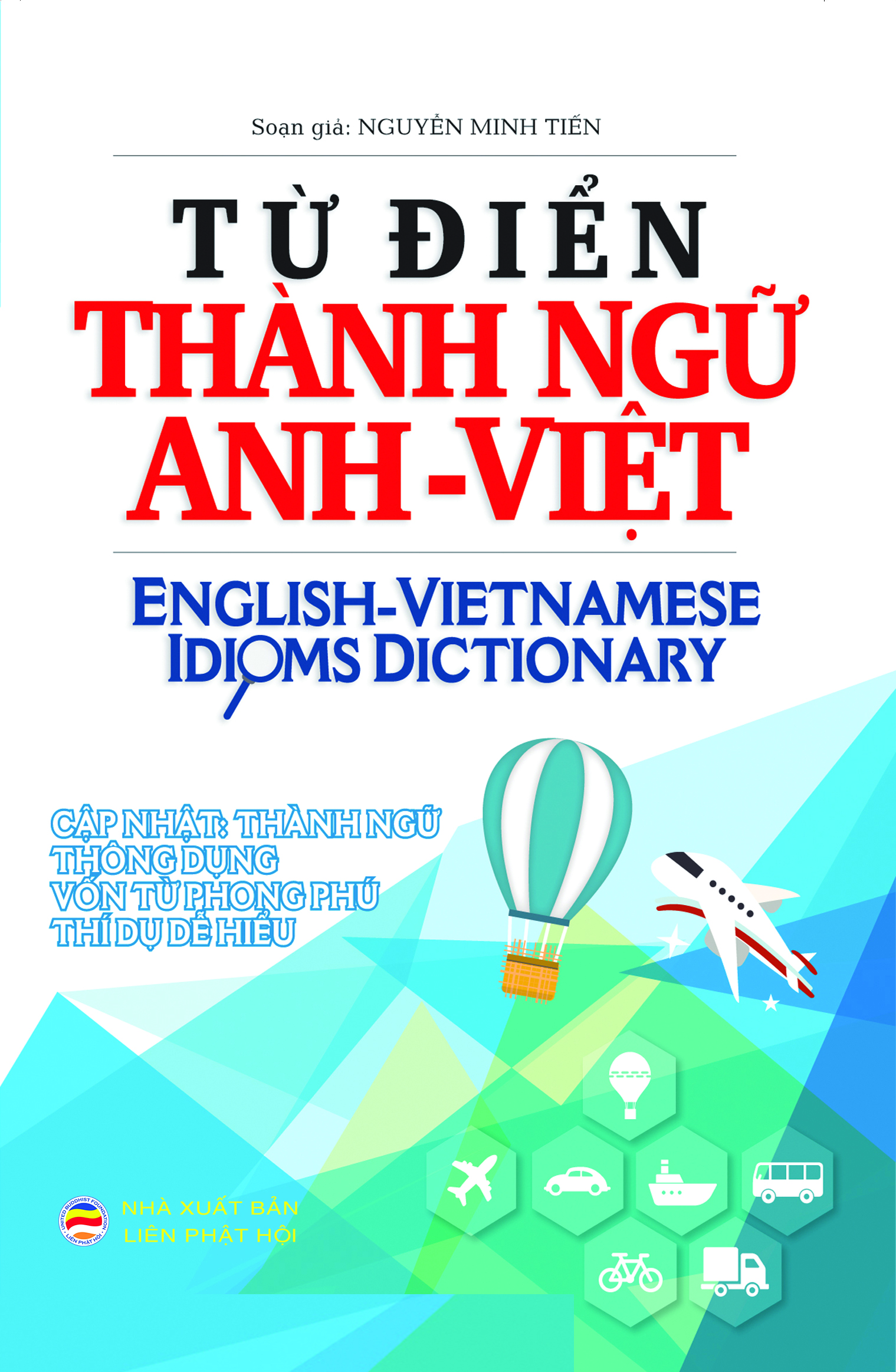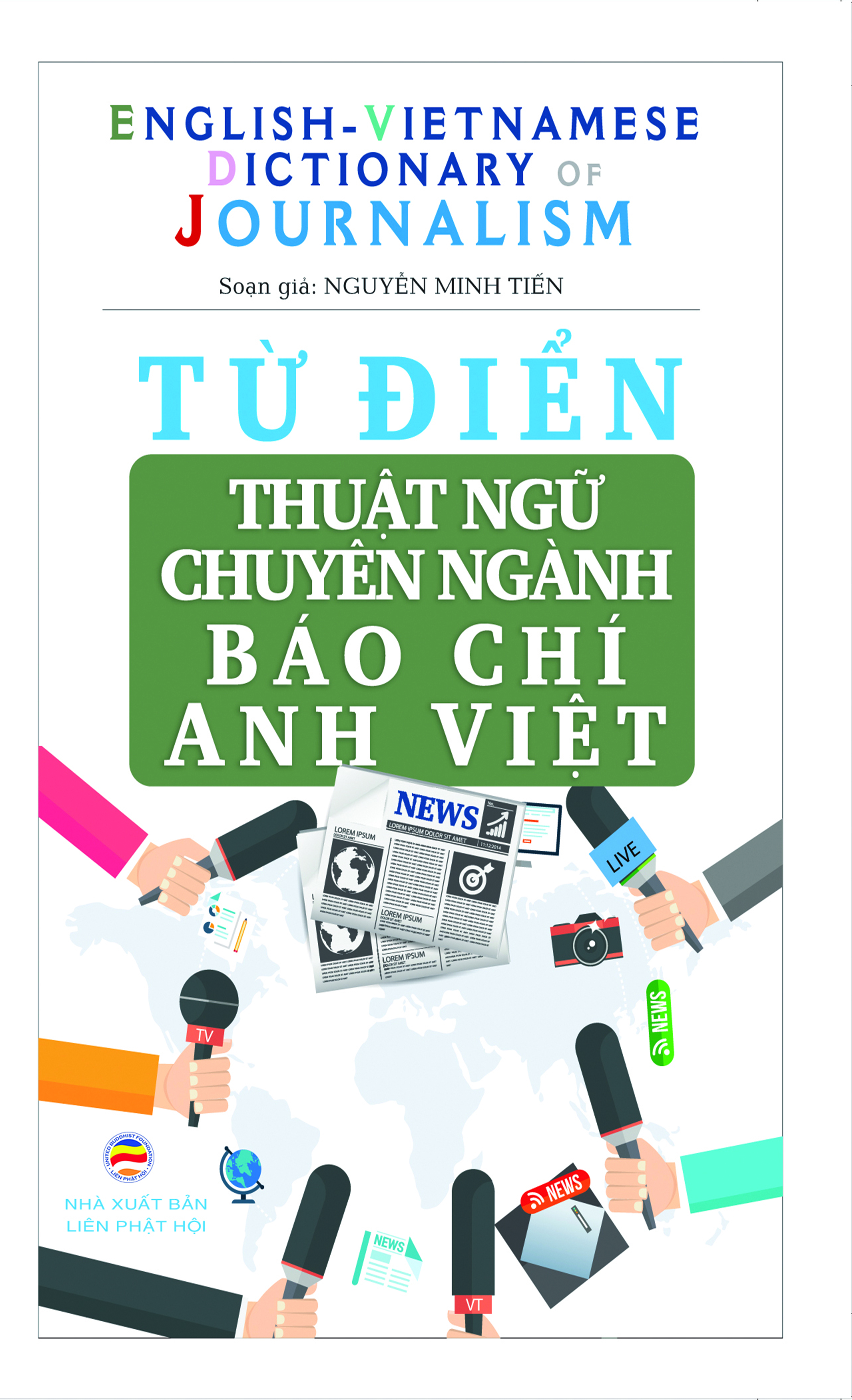Với kẻ kiên trì thì không có gì là khó, như dòng nước chảy mãi cũng làm mòn tảng đá.Kinh Lời dạy cuối cùng
Chiến thắng hàng ngàn quân địch cũng không bằng tự thắng được mình. Kinh Pháp cú
Người duy nhất mà bạn nên cố gắng vượt qua chính là bản thân bạn của ngày hôm qua. (The only person you should try to be better than is the person you were yesterday.)Khuyết danh
Đừng cư xử với người khác tương ứng với sự xấu xa của họ, mà hãy cư xử tương ứng với sự tốt đẹp của bạn. (Don't treat people as bad as they are, treat them as good as you are.)Khuyết danh
Khi bạn dấn thân hoàn thiện các nhu cầu của tha nhân, các nhu cầu của bạn cũng được hoàn thiện như một hệ quả.Đức Đạt-lai Lạt-ma XIV
Nỗ lực mang đến hạnh phúc cho người khác sẽ nâng cao chính bản thân ta. (An effort made for the happiness of others lifts above ourselves.)Lydia M. Child
Tôn giáo của tôi rất đơn giản, đó chính là lòng tốt.Đức Đạt-lai Lạt-ma XIV
Để đạt được thành công, trước hết chúng ta phải tin chắc là mình làm được. (In order to succeed, we must first believe that we can.)Nikos Kazantzakis
Để có đôi mắt đẹp, hãy chọn nhìn những điều tốt đẹp ở người khác; để có đôi môi đẹp, hãy nói ra toàn những lời tử tế, và để vững vàng trong cuộc sống, hãy bước đi với ý thức rằng bạn không bao giờ cô độc. (For beautiful eyes, look for the good in others; for beautiful lips, speak only words of kindness; and for poise, walk with the knowledge that you are never alone.)Audrey Hepburn
Hạnh phúc là khi những gì bạn suy nghĩ, nói ra và thực hiện đều hòa hợp với nhau. (Happiness is when what you think, what you say, and what you do are in harmony.)Mahatma Gandhi
Cách tốt nhất để tìm thấy chính mình là quên mình để phụng sự người khác. (The best way to find yourself is to lose yourself in the service of others. )Mahatma Gandhi
Trang chủ »» Danh mục »» TỦ SÁCH RỘNG MỞ TÂM HỒN »» none »» Introduction »»
none
»» Introduction
 Xem Mục lục
Xem Mục lục  Vietnamese || Đối chiếu song ngữ
Vietnamese || Đối chiếu song ngữ- none
- none
- none
- »» Introduction
- Chapter 1: Meditation - Why Bother?
- Chapter 2: What Meditation Isn't
- Chapter 3: What Meditation Is
- Chapter 4: Attitude
- Chapter 5: The Practice
- Chapter 6: What To Do With Your Body
- Chapter 7: What To Do With Your Mind
- Chapter 8: Structuring Your Meditation
- Chapter 9: Set Up Exercises
- Chapter 10: Dealing With Problems
- Chapter 11: Dealing with Distractions - I
- Chapter 12: Dealing with Distractions - II
- Chapter 13: Mindfulness (Sati)
- Chapter 14: Mindfulness Versus Concentration
- Chapter 15: Meditation In Everyday Life
- Chapter 16: What's In It For You
- AFTERWORD: The Power of Loving Friendliness
- About the Author
- none

The subject of this book is Vipassana meditation practice. Repeat, practice. This is a meditation manual, a nuts-and-bolts, step-by-step guide to Insight meditation. It is meant to be practical. It is meant for use.
There are already many comprehensive books on Buddhism as a philosophy, and on the theoretical aspects of Buddhist meditation. If you are interested in that material we urge you to read those books. Many of them are excellent. This book is a 'How to.' It is written for those who actually want to meditate and especially for those who want to start now. There are very few qualified teachers of the Buddhist style of meditation in the United States of America. It is our intention to give you the basic data you need to get off to a flying start. Only those who follow the instructions given here can say whether we have succeeded or failed. Only those who actually meditate regularly and diligently can judge our effort.
No book can possibly cover every problem that a meditator may run into. You will need to meet a qualified teacher eventually. In the mean time, however, these are the basic ground rules; a full understanding of these pages will take you a very long way.
There are many styles of meditation. Every major religious tradition has some sort of procedure which they call meditation, and the word is often very loosely used. Please understand that this volume deals exclusively with the Vipassana style of meditation as taught and practiced in South and Southeast Asian Buddhism. It is often translated as Insight meditation, since the purpose of this system is to give the meditator insight into the nature of reality and accurate understanding of how everything works.
Buddhism as a whole is quite different from the theological religions with which Westerners are most familiar. It is a direct entrance to a spiritual or divine realm without addressing deities or other 'agents'. Its flavor is intensely clinical, much more akin to what we would call psychology than to what we would usually call religion. It is an ever-ongoing investigation of reality, a microscopic examination of the very process of perception. Its intention is to pick apart the screen of lies and delusions through which we normally view the world, and thus to reveal the face of ultimate reality. Vipassana meditation is an ancient and elegant technique for doing just that.
Theravada Buddhism presents us with an effective system for exploring the deeper levels of the mind, down to the very root of consciousness itself. It also offers a considerable system of reverence and rituals in which those techniques are contained. This beautiful tradition is the natural result of its 2,500-year development within the highly traditional cultures of South and Southeast Asia.
In this volume, we will make every effort to separate the ornamental and the fundamental and to present only the naked plain truth itself. Those readers who are of a ritual bent may investigate the Theravada practice in other books, and will find there a vast wealth of customs and ceremony, a rich tradition full of beauty and significance. Those of a more clinical bent may use just the techniques themselves, applying them within whichever philosophical and emotional context they wish. The practice is the thing.
The distinction between Vipassana meditation and other styles of meditation is crucial and needs to be fully understood. Buddhism addresses two major types of meditation. They are different mental skills, modes of functioning or qualities of consciousness. In Pali, the original language of Theravada literature, they are called 'Vipassana' and 'Samatha'.
'Vipassana' can be translated as 'insight', a clear awareness of exactly what is happening as it happens. 'Samatha' can be translated as 'concentration' or 'tranquility'. It is a state in which the mind is brought to rest, focused only on one item and not allowed to wander. When this is done, a deep calm pervades body and mind, a state of tranquility which must be experienced to be understood. Most systems of meditation emphasize the Samatha component. The meditator focuses his mind upon some items, such as prayer, a certain type of box, a chant, a candle flame, a religious image or whatever, and excludes all other thoughts and perceptions from his consciousness. The result is a state of rapture which lasts until the meditator ends the session of sitting. It is beautiful, delightful meaningful and alluring, but only temporary. Vipassana meditation address the other component, insight.
The Vipassana meditator uses his concentration as a tool by which his awareness can chip away at the wall of illusion which cuts him off from the living light of reality. It is a gradual process of ever-increasing awareness and into the inner workings of reality itself. It takes years, but one day the meditator chisels through that wall and tumbles into the presence of light. The transformation is complete. It's called liberation, and it's permanent. Liberation is the goal of all buddhist systems of practice. But the routes to attainment of the end are quite diverse.
There are an enormous number of distinct sects within Buddhism. But they divide into two broad streams of thought -- Mahayana and Theravada. Mahayana Buddhism prevails throughout East Asia, shaping the cultures of China, Korea, Japan, Nepal, Tibet and Vietnam. The most widely known of the Mahayana systems is Zen, practiced mainly in Japan, Korea, Vietnam and the United States. The Theravada system of practice prevails in South and Southeast Asia in the countries of Sri Lanka, Thailand, Burma, Laos and Cambodia. This book deals with Theravada practice.
The traditional Theravada literature describes the techniques of both Samatha (concentration and tranquility of mind) and Vipassana (insight or clear awareness). There are forty different subjects of meditation described in the Pali literature. They are recommended as objects of concentration and as subjects of investigation leading to insight. But this is a basic manual, and we limit our discussion to the most fundamental of those recommended objects--breathing. This book is an introduction to the attainment of mindfulness through bare attention to, and clear comprehension of, the whole process of breathing. Using the breath as his primary focus of attention, the meditator applies participatory observation to the intirety of his own perceptual universe. He learns to watch changes occurring in all physical experiences, in feelings and in perceptions. He learns to study his own mental activities and the fluctuations in the character of consciousness itself. All of these changes are occurring perpetually and are present in every moment of our experiences.
Meditation is a living activity, an inherently experiential activity. It cannot be taught as a purely scholastic subject. The living heart of the process must come from the teacher's own personal experience. Nevertheless, there is a vast fund of codified material on the subject which is the product of some of the most intelligent and deeply illumined human beings ever to walk the earth. This literature is worthy of attention. Most of the points given in this book are drawn from the Tipitaka, which is the three-section collected work in which the Buddah's original teachings have been preserved. The Tipitaka is comprised of the Vinaya, the code of discipline for monks, nuns, and lay people; the Suttas, public discourses attributed to the Buddha; and the Abhidhamma, a set of deep psycho-philosophical teachings.
In the first century after Christ, an eminent Buddhist scholar named Upatissa wrote the Vimuttimagga, (The Path of Freedom) in which he summarized the Buddha's teachings on meditation. In the fifth century A.C. (after Christ,) another great Buddhist scholar named Buddhaghosa covered the same ground in a second scholastic thesis--the Visuddhimagga, (The Path of Purification) which is the standard text on meditation even today. Modern meditation teachers rely on the Tipitaka and upon their own personal experiences.
It is our intention to present you with the clearest and most concise directions for Vipassana meditation available in the English language. But this book offers you a foot in the door. It's up to you to take the first few steps on the road to the discovery of who you are and what it all means. It is a journey worth taking. We wish you success.
Bhante Gunaratana.
TỪ ĐIỂN HỮU ÍCH CHO NGƯỜI HỌC TIẾNG ANH
DO NXB LIÊN PHẬT HỘI PHÁT HÀNH
Mua sách qua Amazon sẽ được gửi đến tận nhà - trên toàn nước Mỹ, Canada, Âu châu và Úc châu.
Quý vị đang truy cập từ IP 216.73.216.28 và chưa ghi danh hoặc đăng nhập trên máy tính này. Nếu là thành viên, quý vị chỉ cần đăng nhập một lần duy nhất trên thiết bị truy cập, bằng email và mật khẩu đã chọn.
Chúng tôi khuyến khích việc ghi danh thành viên ,để thuận tiện trong việc chia sẻ thông tin, chia sẻ kinh nghiệm sống giữa các thành viên, đồng thời quý vị cũng sẽ nhận được sự hỗ trợ kỹ thuật từ Ban Quản Trị trong quá trình sử dụng website này.
Việc ghi danh là hoàn toàn miễn phí và tự nguyện.
Ghi danh hoặc đăng nhập
... ...


 Trang chủ
Trang chủ






